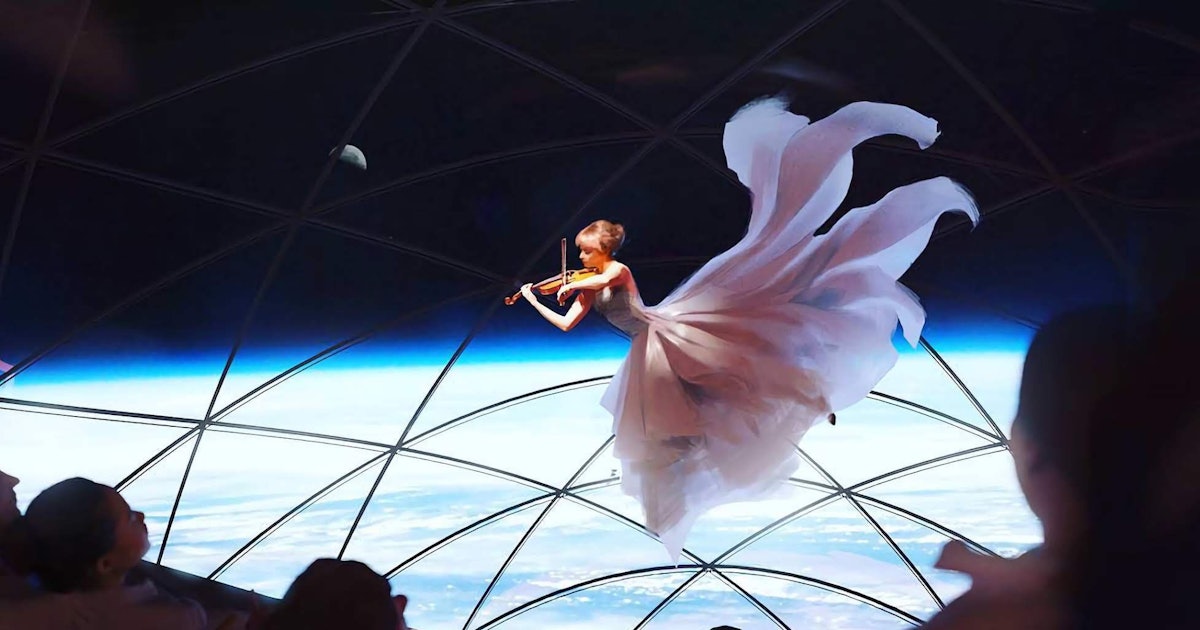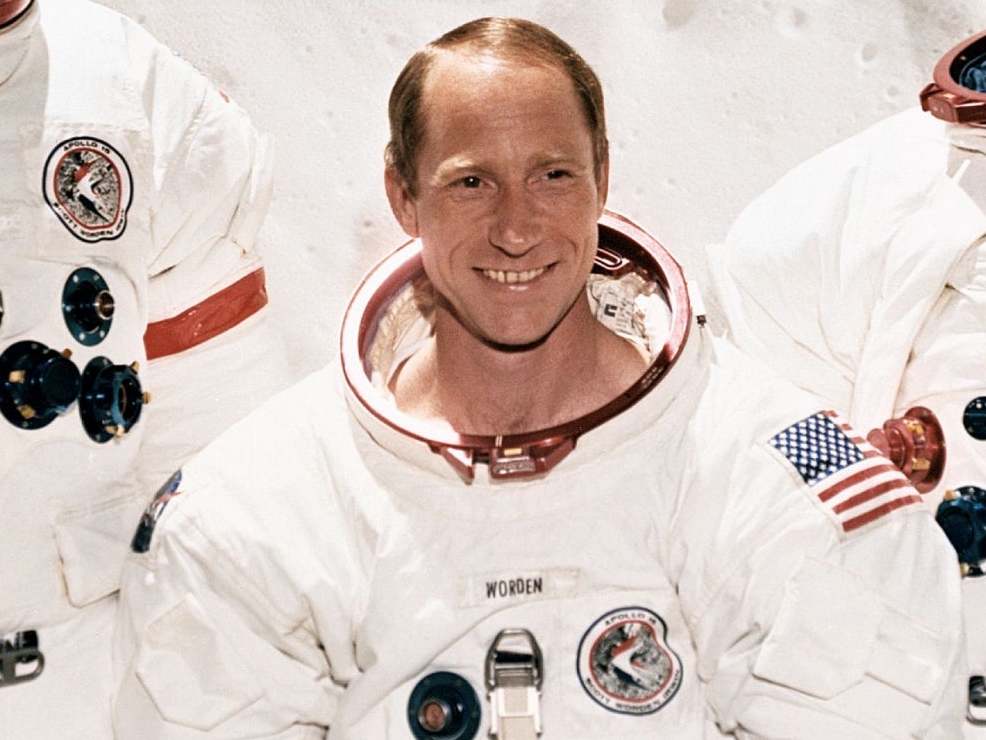
The Conversation reports that an international team of researchers demonstrated that it is possible to produce hydrogen and oxygen from water using a semiconductor material and sunlight (or light from any star) in zero gravity. These findings, which are published in Nature Communications , are a step toward long-term space travel with storable, renewable energy.
While water may be a relatively heavy supply for space travel, it’s a reasonable option because it provides a two-for-one, with hydrogen for fuel and oxygen for astronauts to breathe. Plus, it can be recycled, making sustainable space travel possible. As a bonus, launching a space vehicle loaded with water is safer than the potentially explosive alternative of rocket fuel and oxygen.
Were you following this:
NASA TV to Air U.S. Cargo Ship Departure from Space Station | NASA
How NASA is preparing to launch humans to space as coronavirus pandemic worsens - The Verge

As the coronavirus pandemic continues to worsen in the US, NASA is still moving forward with many of its upcoming missions, including some launches that will send humans to the International Space Station in the near future. As of now, NASA does not foresee any changes being made to these missions, and there are already procedures in place to guarantee astronauts do not bring any illnesses with them into space.
NASA has its own internal "response framework" for how it plans to deal with the pandemic . It lists four different stages for the agency, which each detail the amount of people who will work from home, the level of access to NASA facilities, and how much travel will be allowed. Right now, two NASA centers — Ames Research Center and Marshall Space Flight Center — are on Stage 3, which makes telework mandatory and only allows "mission-essential" personnel on site at facilities.
Colonizing the final frontier | Science

Christopher Wanjek's Spacefarers is an optimistic treatise on commercial endeavors that seek to increase the number of people in space by employing more efficient and cheaper launch vehicles and systems. "The market is there; the technology is almost there," he writes.
In case you are keeping track:
Jeff Bezos' Blue Origin rocket company urging worker travel: Report - Business Insider
Jeff Bezos' rocket company, Blue Origin, is pressuring employees to travel across the country to help launch a space tourism rocket, despite the coronavirus pandemic.
One manager reportedly said at a recent team meeting that employees who didn't comply could face "employment repercussions."
"I would say that you should ask yourself, as an individual, are you acting as a toxin in the organization, fanning discontent, or are you really trying to help our senior leaders make better decisions?" one member of senior leadership, Jeff Ashby, reportedly said during the meeting.
A peek at utopian space dreams behind the Iron Curtain
"This is the perfect time for books," Alexandra Sankova tells me from her apartment in Moscow. Like many of us, Sankova is sheltering in place in an effort to slow the spread of coronavirus, which also makes it the perfect time to fantasize about getting off the planet.
Sankova is a co-founder of the Moscow Design Museum who has dedicated her recent career to collecting and cataloguing the distinctive design of the Soviet era. Her book Soviet Space Graphics , published April 1 by Phaidon, collects imagery from popular magazines that promoted space exploration and technology behind the Iron Curtain.
SpaceX Starship's cabin interior fixes a big issue with space travel

SpaceX's Starship could offer a very comfortable trip for 100 people, the company's new user guide suggests. One insider that has seen previous versions of the plans also claimed Tuesday the cabins are "roomier" than expected. The proposals, which may also feature "large common areas," could offer a marked improvement over the utilitarian quarters of the Space Shuttle and other predecessors.
The guide , released this week, offers an insight into the company's plans for the stainless steel rocket currently under construction at its Boca Chica facility in Texas. Designed to replace existing rockets like the Falcon 9 while also powering ambitious missions like a city on Mars, the Starship could help power a new era in spaceflight.
Alfred Worden: Astronaut and first man to walk in deep space | The Independent

"Now I know why I'm here," Worden later said of his mission. "Not for a closer look at the moon, but to look back at our home, the Earth."
Worden was joined for Apollo 15 by David Scott, spacecraft commander, and James Irwin, who piloted the lunar module. In a mission that marked a new focus on science for the Apollo program, his colleagues spent 67 hours on the lunar surface, collecting rocks and soil samples and using a four-wheeled "moon buggy" for the first time.
No comments:
Post a Comment